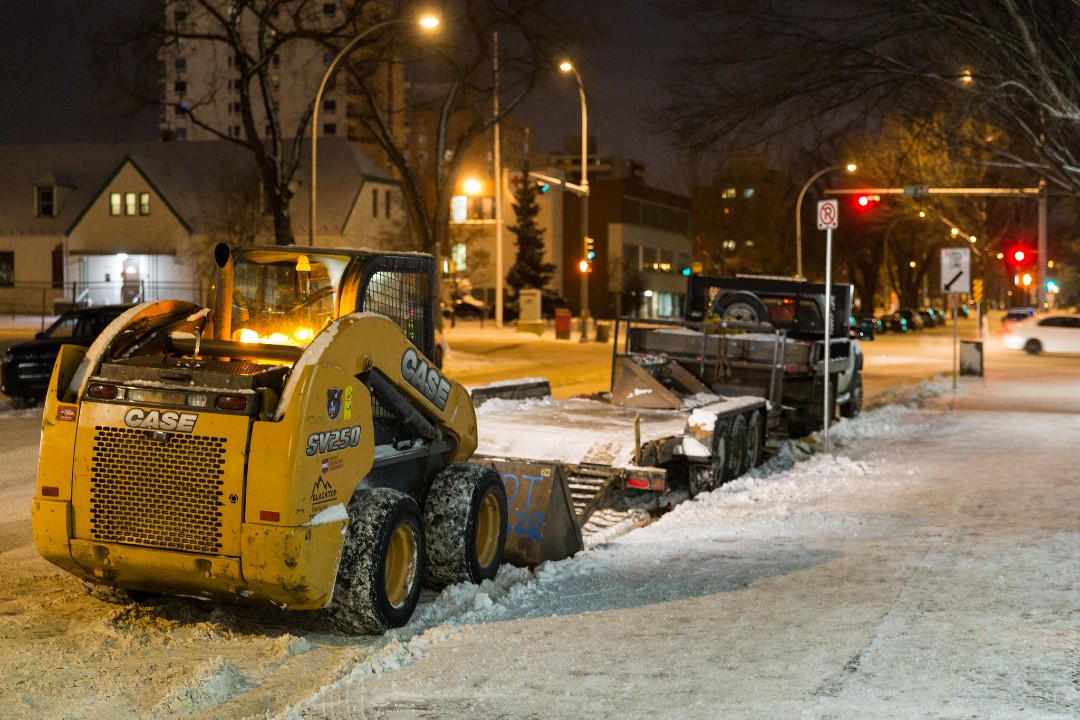
What's new for snow and ice control in Edmonton
A new type of salt, greater transparency, and maximized use of labour are all pieces in the complex puzzle of snow and ice control, say two of the City of Edmonton's leaders on that front.
Mark Beare, the director of infrastructure operations for parks and roads services, and Valerie Dacyk, the general supervisor of the field operations group, spoke to Episode 282 of Speaking Municipally about how the city navigates winter weather in response to residents' expectations and the rising challenges of climate change.
"Winters are changing, and the city is changing," Beare said in response to those who wonder why we can't figure out something that happens every year. "What our winters look like in 2023, 2024, and beyond are different than the winters that a lot of people remember growing up."
Here's a closer look at some of the measures they discussed:
Stronger sodium
New for this year, the city has procured from its supplier, at no extra cost, a special salt that can stick to snow and ice at colder temperatures than conventional salt, Beare said. The souped-up sodium will be used as an alternative to chip or sand on some bridges and hills along the River Valley during extreme temperatures.
Will it work better? Maybe, Beare said. "(We're going to) get some feedback from the operators, find some measurements for it, and see if this is something that would be a benefit to use on a more regular basis and (for) broader applications across the city."
Dacyk added that the snow and ice removal teams can try out modest pilots without approval from up the ladder. The city has run much-discussed, larger pilots on sand recycling and calcium chloride, but neither resulted in permanent practices for snow and ice control, Dacyk said. Still, she and her colleagues keep abreast of other potential solutions by communicating with suppliers and other municipalities, as well as by attending trade shows.



